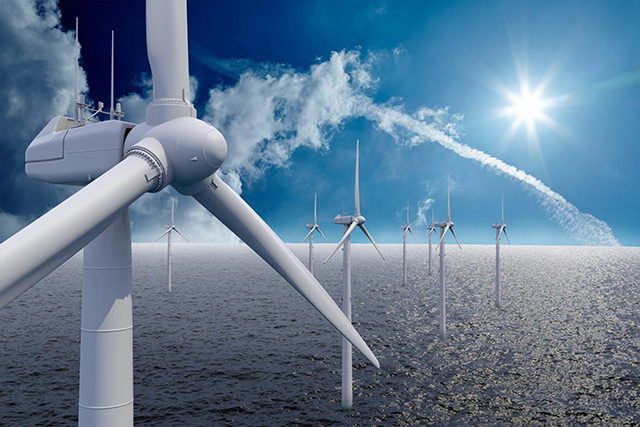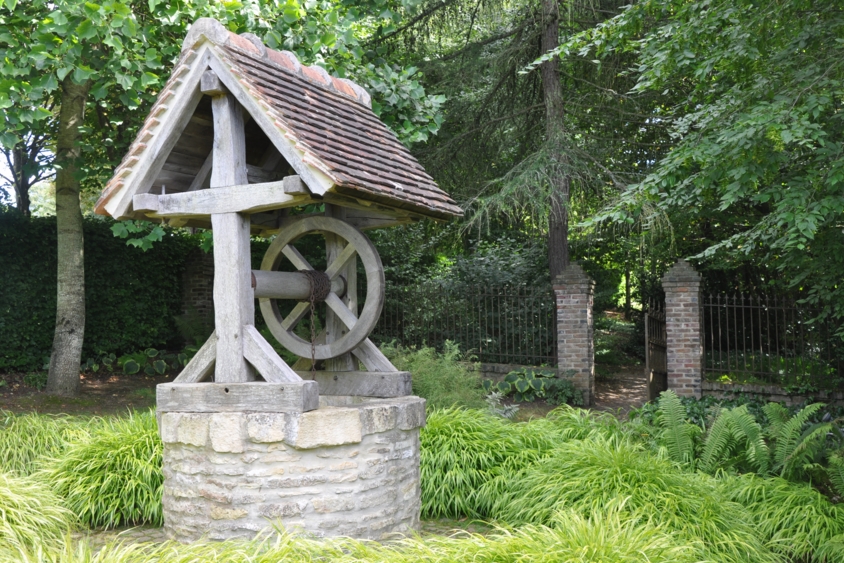
For the entire year of 2009, Nguyen and Metzger gathered wind speed data from nine suburban and urban sites spanning a 500-kilometer square radius around Oklahoma City, Oklahoma; on these sites were 3D sonic anemometers positioned on top of traffic posts. They then used the wind speed data to simulate 13 wind turbine configurations, keeping in mind four important design parameters: blade airfoil shape, height-to-diameter aspect ratio, the turbine's solidity, and the turbine's moment of inertia. Furthermore, the researchers focused on the Darriues Wind Turbine or “eggbeater” turbine for this study.
To determine turbine efficiency, Nguyen and Metzger also calculated the amount of energy captured by each wind turbine configuration and compared it to the total available wind energy. Moreover, the researchers studied these wind design turbine configurations for the levelized cost of energy (LCOE), a metric used by the utility industry to estimate the cost of electricity produced by a generator. The researchers found four suburban sites that had potential to be economically viable for small vertical-axis wind turbines based on this metric.
Of the 13 wind turbine configurations, the one with the lowest moment of inertia was found to be the optimal turbine design. This particular design had an aspect ratio of 1.2, a symmetrical blade shape that was 15 percent thick as it was long, and a solidity of 12 percent. Even taking inertia into consideration, this configuration was found to be the most ideal out of all the others. At one of the economically viable suburban sites, this design produced electricity at a cost 10 percent smaller than the average national electricity unit price. That meant that the wind at this location had the potential to be a cheaper energy source than fossil fuels. In addition, the researchers noted that placing vertical-axis wind turbines on points that are at least nine meters off the ground would make them well-suited to urban locations. (Related: Breakthrough new wind farm design to increase energy production efficiency)
On their work, Nguyen stated that they have no intentions of just stopping at their current findings, especially with the knowledge that an optimally designed vertical-axis wind turbine could pave the way for lower electricity costs. “This is not the end of our research, and I think that we have more to study on the turbine design configuration and its operating conditions that would allow for enhancing the amount of energy captured by the turbine,” Nguyen remarked before adding: “It's exciting.”
To read up on more stories that are just like this one, go to Environ.news today.
Sources include:
Please contact us for more information.























